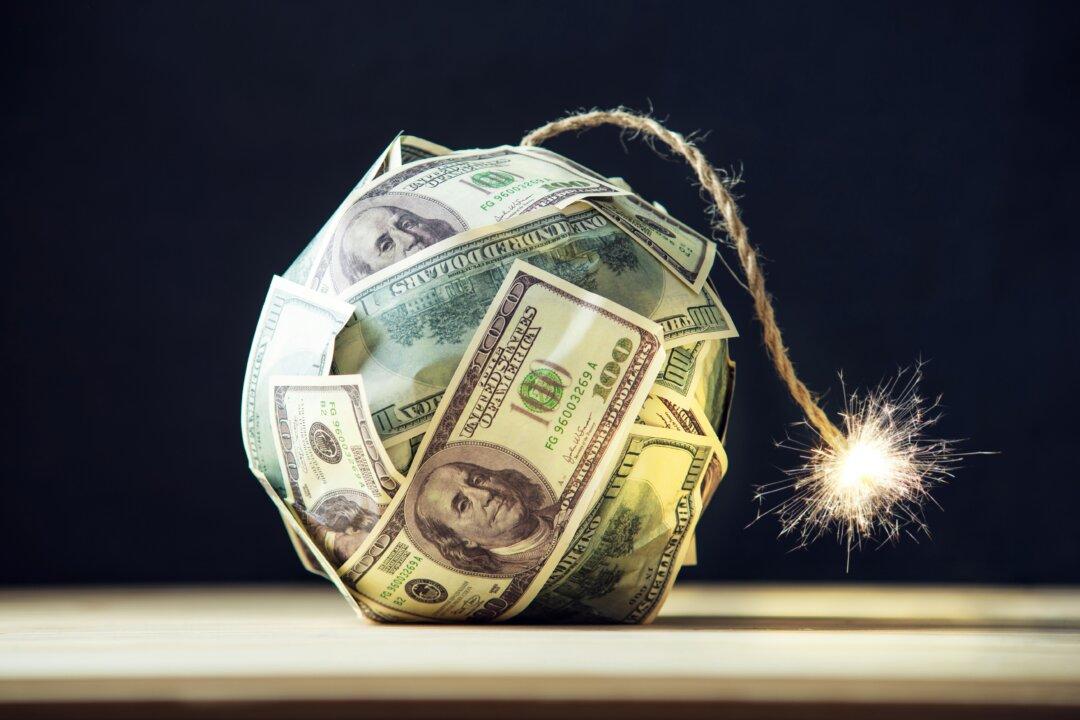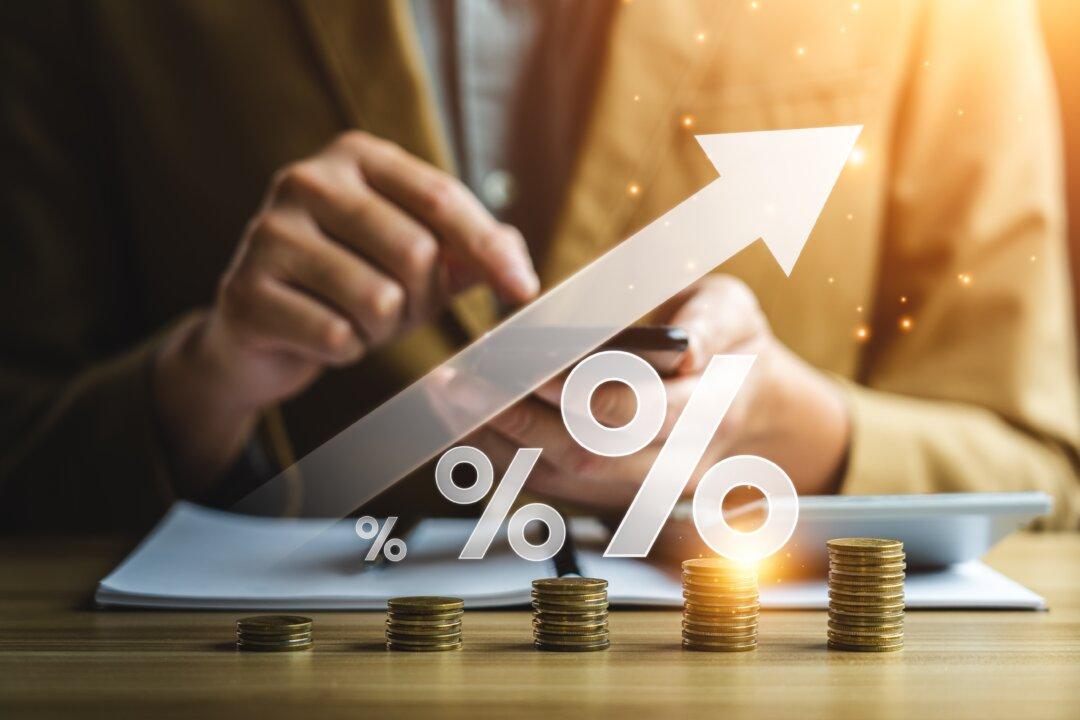The most common question among investors these days is when to buy the dip. Very few market participants seem to be worried about a crisis or deep recession, let alone a nuclear threat. However, those three scenarios are not unimaginable.
Deutsche Bank shows that the market this year has fallen in line with the median of post-war recessions. However, the median correction is diminished by the 1948–1980 period. In 2007–2009, markets fell by twice that seen in 2022, and we must consider that 2020–21 was an extraordinary period of massive money printing, with global money supply growth rising more than 20 percent, which created a subsequent enormous multiple expansion in equities and rising bond prices.
What we can safely say is that the market isn’t even remotely considering a 2008-style crisis at all and even less a nuclear threat from a prolonged Ukraine war. Those would be catastrophic events that most investors simply don’t want to consider even as a distant option as it would be too painful.
From conversations with colleagues, I get the feeling that market positioning remains exceptionally bullish. Investors have increased exposure to cash but remain with a positive view of the economic cycle. Market multiples and earnings revisions indicate that the average of consensus is expecting a modest reduction of demand coming from inflation and a relatively dovish central bank action. Sometimes it looks as if market participants are betting on when central banks will change their policy back to negative rates and money printing rather than the accumulated risks in the economy.
Consensus estimates (I/B/E/S data by Refinitiv) still show very healthy levels of earnings growth. S&P 500 earnings per share for 2022 remain at +10.8 percent, but the expectations for 2023 continue to reflect a probably optimistic +8.1 percent growth, with revenues up 4 percent. In the case of Europe, a looming earnings recession is starting to be embedded in earnings growth expectations. The mirage of 2022 with +41 percent estimates of earnings growth leads almost immediately to a -5.5 percent prediction for the second quarter of 2023.
Why should we worry? Because almost all the previously mentioned predictions are based on rapidly falling inflation and a bounce in economic activity in the fourth quarter of 2022. We have seen enormous negative revisions in earnings despite clearly benign macroeconomic assumptions informing those revenues and profits. Imagine if those analysts included a deep recession in their numbers.
So many years of a “buy the dip” mentality driven by central bank monetary laughing gas have made all of us take significantly more risk than we probably perceive. There are now two generations of portfolio managers that have seen nothing but expansionary monetary policies, so it’s in our nature to expect that central banks will bail us out of poor investment decisions at some point, hopefully before year-end numbers dictate the bonus. That’s why the main question these days is “When will central banks change course?” instead of “What would happen to my portfolio if markets tank due to a severe crisis?” The answer would be too scary.
The main challenge I find is that the impact on markets of a central bank change of course may be muted, because we have also forgotten that multiple expansion needs at least a “next year will be different” macro and earnings view. Guess what? The “next year will be different” multiple expansion call is precisely what we saw in 2020 and 2021. It’s hard to believe it will work the same way again when growth and profit revisions are consistently negative.
Does this mean that there are no investment opportunities? No. But a great investor friend of mine reminded me this weekend that “ETF in becomes ETF out.” Years of buying indexed funds and exchange-traded funds (ETFs) to benefit from an ever-rising market may lead to a long period of selling those same products. Heavily directional bets and high beta exposure predicated on the “fear of missing out” can lead quickly to a massive unwind of the largest bullish trade in history. Don’t fight the Fed until the Fed fights against you.





